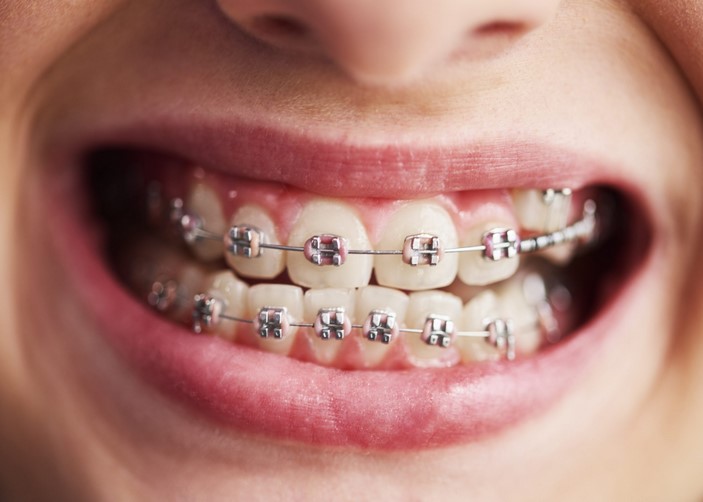 Dental spacers, also known as orthodontic separators, are small devices used in orthodontic treatment to create space between teeth. They are typically made of rubber or metal and are inserted between the molars a week or two before braces are applied. The primary role of dental spacers is to move the teeth slightly apart so that orthodontic bands can be easily and accurately placed around the teeth during the next phase of treatment. These devices play a crucial role in preparing the mouth for braces or other orthodontic appliances, contributing significantly to the success of the overall orthodontic treatment plan.
Dental spacers, also known as orthodontic separators, are small devices used in orthodontic treatment to create space between teeth. They are typically made of rubber or metal and are inserted between the molars a week or two before braces are applied. The primary role of dental spacers is to move the teeth slightly apart so that orthodontic bands can be easily and accurately placed around the teeth during the next phase of treatment. These devices play a crucial role in preparing the mouth for braces or other orthodontic appliances, contributing significantly to the success of the overall orthodontic treatment plan.
Understanding Dental Spacers: Their Crucial Role in Orthodontic Treatment
Dental spacers, also known as orthodontic spacers, play a crucial role in orthodontic treatment. They are small devices that are typically used as a preparatory step for the placement of braces. The primary function of dental spacers is to create sufficient space between the teeth, particularly the molars, to facilitate the fitting of orthodontic bands. These bands are essential components of braces as they provide the necessary anchorage for the adjustment of teeth alignment.
Dental spacers are usually made of rubber or metal and are inserted between the teeth by an orthodontist. The process of fitting dental spacers is relatively straightforward and painless, although some patients may experience a slight discomfort or pressure sensation. This discomfort is temporary and typically subsides within a few days as the mouth adjusts to the presence of the spacers.
The duration for which dental spacers are worn varies depending on the individual’s orthodontic needs. Generally, they are kept in place for a period of one to two weeks. During this time, the spacers gently push the teeth apart, creating the necessary room for the orthodontic bands. Once the desired spacing is achieved, the spacers are removed, and the bands are fitted around the teeth.
It is important to note that while dental spacers are in place, certain precautions need to be taken to ensure their effectiveness and prevent any potential complications. For instance, patients are advised to avoid eating sticky or hard foods that could dislodge the spacers. Similarly, using toothpicks or flossing around the spacers should be avoided. Regular oral hygiene practices, however, should be maintained, with careful brushing to keep the spacer area clean.
The use of dental spacers is not limited to preparatory steps for braces. In some cases, they are used as part of a treatment plan for specific dental conditions. For example, they may be used to address overcrowding of teeth, where there is not enough space within the jaw for all the teeth to fit properly. By creating extra space, dental spacers can help to alleviate this issue and improve the overall alignment of the teeth.
Moreover, dental spacers can also be used in the treatment of malocclusion, a condition where the upper and lower teeth do not meet correctly when the mouth is closed. This condition can lead to various problems, including difficulty in chewing and speaking, and increased risk of tooth decay and gum disease. By creating the necessary space for orthodontic bands, dental spacers can facilitate the correction of malocclusion, leading to improved oral function and health.
In conclusion, dental spacers play a vital role in orthodontic treatment. They serve as a preparatory step for the placement of braces, helping to create the necessary space for orthodontic bands. Beyond this, they can also be used to treat specific dental conditions, such as overcrowding of teeth and malocclusion. Despite their small size, dental spacers make a significant contribution to achieving optimal teeth alignment and promoting overall oral health.Dental spacers play a crucial role in orthodontic treatment as they prepare the mouth for the installation of braces. They create necessary space between teeth, ensuring proper alignment and fit of orthodontic appliances. This aids in the effective correction of dental issues such as overcrowding, misalignment, and malocclusion. Therefore, dental spacers are an essential preliminary step in achieving optimal orthodontic treatment outcomes.